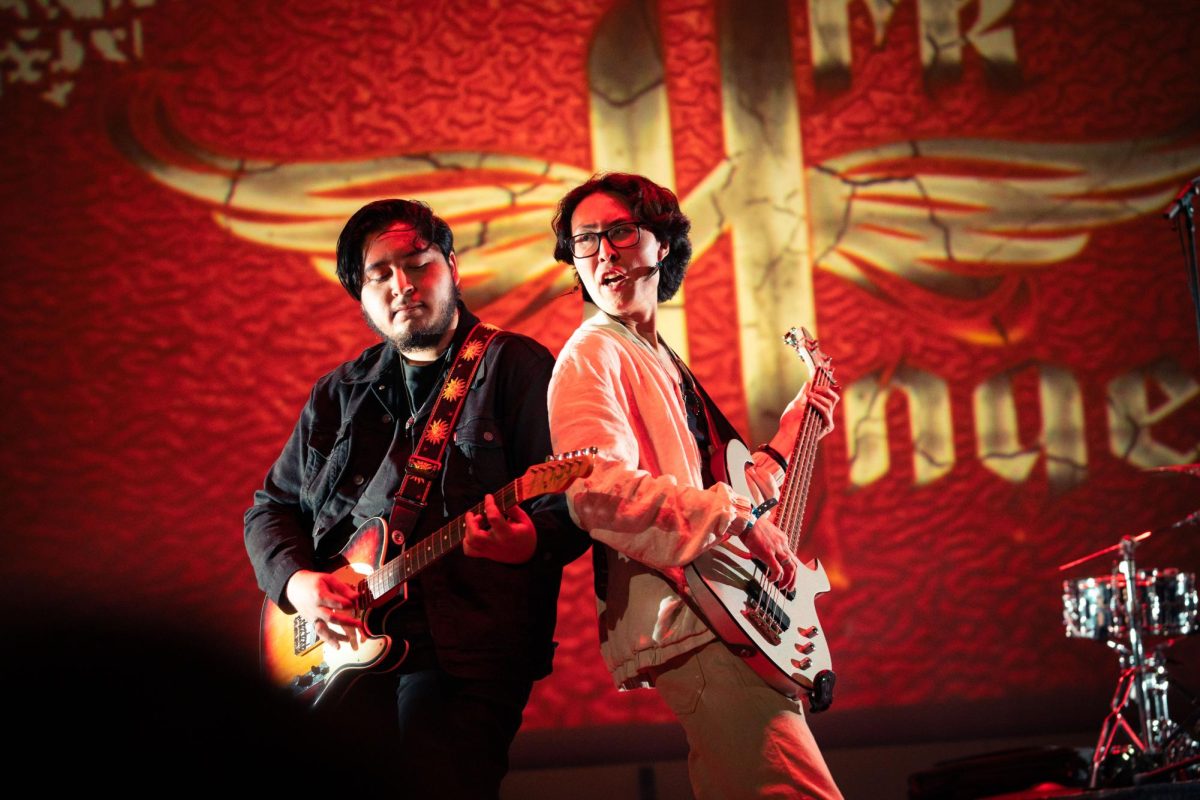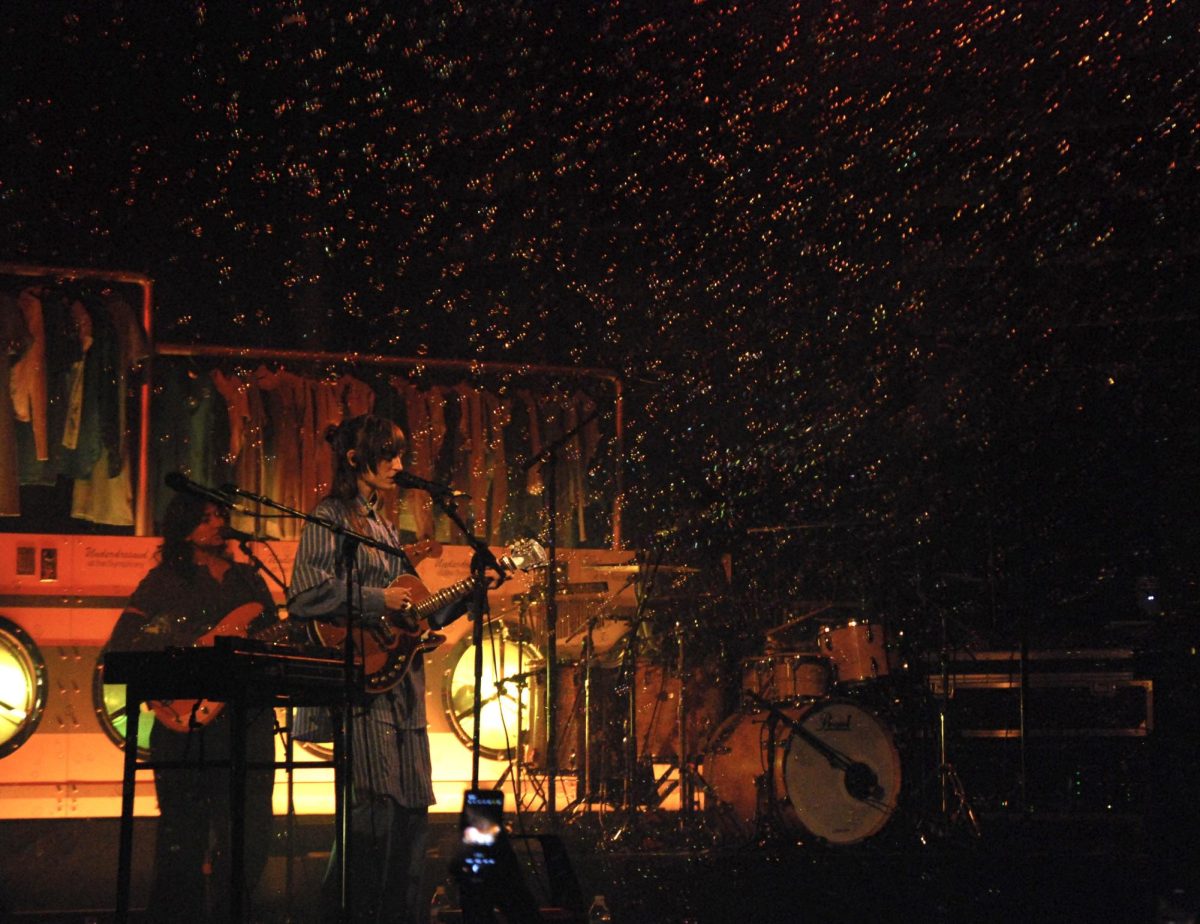
UCSD could begin the journey toward Division I athletics as soon as next year, according to A.S. Council and Athletics Department officials in a meeting held Friday, March 11. But the move is far from certain, and will depend on the outcome of a student fee referendum and conference realignment.
Late last year, then-A.S. President Utsav Gupta led efforts to co-commission a Division I and football feasibility report with the Athletics Department to be compiled by an outside consultant, Athletics Staffing and Consulting. The results conclude that the university fits the profile of a Division I school in academics, size and mission, and could be competing in D-I by the 2013-14 academic year. The report also concludes that adding a football program would present serious financial and logistical challenges, and Gupta and Athletics Department officials say the idea will not be pursued.
Originally, the report was meant to evaluate the possibility of starting a football program.
“The impetus was from the students for adding football,” Athletics Director Earl Edwards said. “You really can’t look at adding football without looking at Division I and Division II and how it relates to football.”
But after a meeting with athletics department officials in Spring 2010, Gupta and the A.S. Athletics Committee decided to focus their efforts on moving UCSD to Division I.
“We’re now working with the campus so we can bring it to a final student vote sometime next year,” Gupta, who is now the Athletics Committee chair, said. “And we’ll let students decide the issue of whether or not they want to see Division I on this campus.”
The vote would come sometime during the 2011-12 academic year, after the NCAA lifts a four-year moratorium on Division I membership in August 2011.
“I want to really emphasize that the impetus for the whole thing is the students,” Edwards said. “We as an athletic department are just responding to the needs of the students.”
UCSD’s current athletic budget is $7.4 million, with student fees providing $6.9 million of this amount, or about $120 per quarter per student. The report recommends a 50-percent increase in the fees to raise an additional $3 million, and the referendum will ask students if they are willing to pay this increased amount, with the exact per quarter amount yet to be determined.
The majority of this money would be used for scholarships to meet NCAA requirements for Division I. UCSD athletes are currently awarded $500 per season played, and the school was one of the last in Division II to offer athletic aid.
In order to move to Division I, an institution must have an offer from a Division I conference. For UCSD, the plan would depend on the university joining the Big West Conference, something it expressed interest in when the conference discussed expansion in December 2010. The conference turned down UCSD and Cal State Bakersfield, opting only to add the University of Hawaii starting in 2012.
“We really hadn’t done anything to indicate we were really serious about moving forward,” Edwards said. “We still have to get from the Big West what their interest is — and I know there is an interest. The question is what the level is at this point in time.”
UCSD currently competes in the California Collegiate Athletic Association , which consists exclusively of California state schools with the exception of UCSD. The Big West is composed of a mix of state and private schools, all based in California except for Hawaii. The conference also includes five UC schools, and the report states that UCSD resembles the other Big West schools in academics and enrollment.
“If [students] don’t come out to the games now, one of the reasons might be that they don’t care who we’re playing against,” junior soccer player Sarah McTigue said. “If we move to D-I we’ll be playing against schools they applied to or have friends at, and they’ll have an opportunity to get involved in our interschool rivalry.”
UCSD — with enrollment currently at 28,200 — is extremely large for a D-II school, which average 3,071 students. The CCAA contains several of the larger D-II schools with an average of 10,790 students, although this number is skewed by UCSD’s large enrollment. The CCAA also has a much lower average in SAT/ACT scores compared to UCSD, while the Big West average is comparable. For example, UCSD’s 1370 average verbal and math SAT matches more closely with the Big West average of 1216 than with the CCAA’s 1070.
“I think it would be great for the school, for the students, for the campus in general,” baseball player Tim Shibuya said. “We always have such a good reputation academically, but to combine that reputation with a Division I athletic reputation I think would be great.”
The report also suggested that UCSD would not be a good fit for other conference options such as the West Coast Conference and Mountain West,.Also, the interests of the other schools in the Big West could play a big role in UCSD’s attempt to move up.
“The reality is we need to have a pretty sense that there’s a good chance we’ll be accepted before we even do a referendum,” Edwards said. “The Big West is really the only viable option for us. We need to have some kind of indicator before we go to a referendum that if it passes we will be accepted. Otherwise, there’s really no place for us to go.”
A.S. Council passed a resolution supporting the move to Division I by a student-fee referendum, but will not press the issue if the Big West is satisfied with its current 10 members.
“We wouldn’t move forward with the referendum if there’s no interest from the Big West,” Gupta said. “It wouldn’t make sense for us to have a student vote in that case.”
Adding a football team will not be part of UCSD’s plans going forward. According to the report, the startup costs of $20.8 million to $33.8 million are primarily due to the lack of a stadium and practice facility. Football would also bring UCSD out of Title IX compliance, which requires equal opportunity for men’s and women’s athletics, and would likely force the school to shut down one or more men’s sports programs.
“I just do not think it is feasible to add to the costs of having a football team,” A.S. President Wafa Ben Hassine said. “Just this year, we had a tuition hike because of the deep-pocket federal cuts, and I do not think students can afford another hike.”
Ben Hassine added that she does not support the option of moving to Division I.
With the step up in competition, UCSD would likely see less success initially than it is used to on the athletic field.
“It’s going to be a great challenge,” men’s basketball coach Chris Carlson said. “But I think this department — and this institution, more importantly — doesn’t shrink from a challenge. There are so many institutions across the country that have shown the ability to have high level athletics and academics coexist, and I think that we have that ability.”
Carlson began his career at Big West member UC Santa Barbara, and has worked at University of Pittsburgh and UCLA — both schools with distinguished athletic and academic reputations.
Water polo already competes primarily against Division I competition, and is one of UCSD’s strongest sports. Men’s head coach Denny Harper, who has been coaching at UCSD for 30 years and has an NCAA Runner-Up to his name, said that the scholarship money would be the big difference for his program.
“In the past, I’ve lost a lot of who I would consider top-recruits,” Harper said. “In many cases they really wanted to go to UCSD certainly for the academic reputation, the location and the polo, too. But they either were offered some form of a scholarship or they thought they had enough game to choose a school where there was the potential to ultimately earn a scholarship.”
Despite the potential gains, Harper echoed Edward’s declaration that the move has to come from the students.
“I’ve been at UCSD a pretty long time,” Harper said. “And every step of the way, any time UCSD has made any kind of significant movement, it’s been at the request of the students.”
UCSD will now need to convince the Big West that it can be a quality member of the conference, and will hope they are willing to expand again after adding Hawaii this year. UCSD cannot begin the process of moving to Division-I without an official invitation from the conference, although the Big West is unlikely to consider giving an official invitation until late 2011 and will need a positive outcome on the student-fee referendum.
Additional reporting by Varun Chaturvedi.







